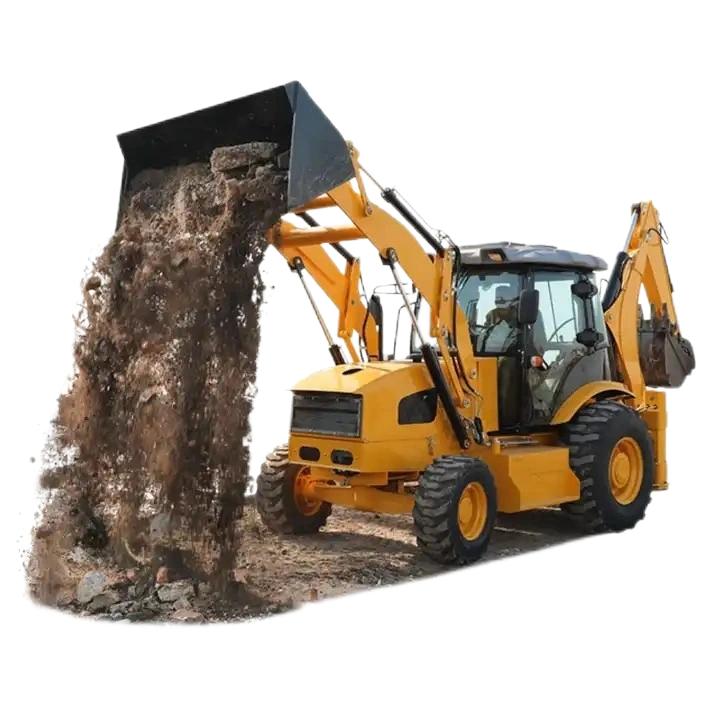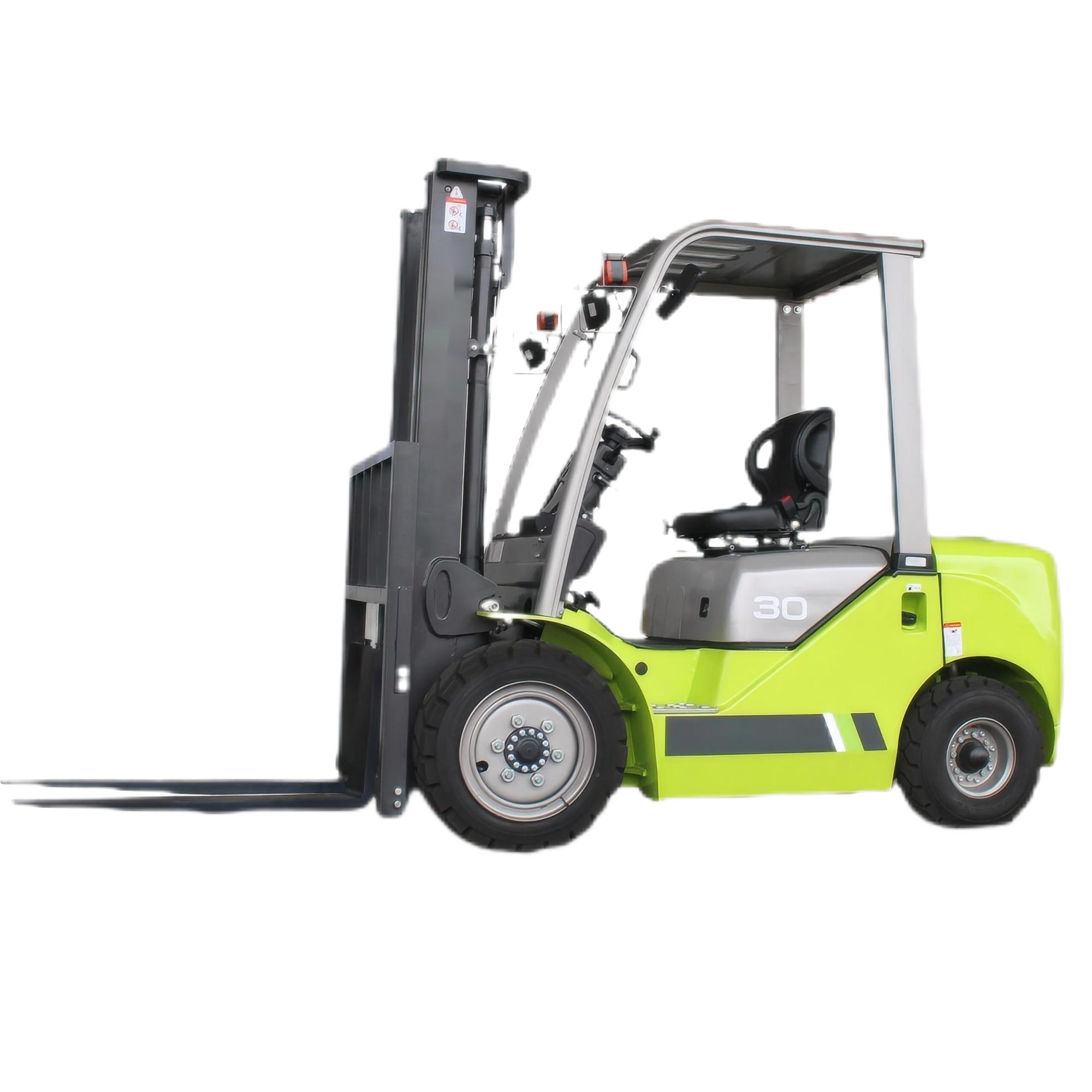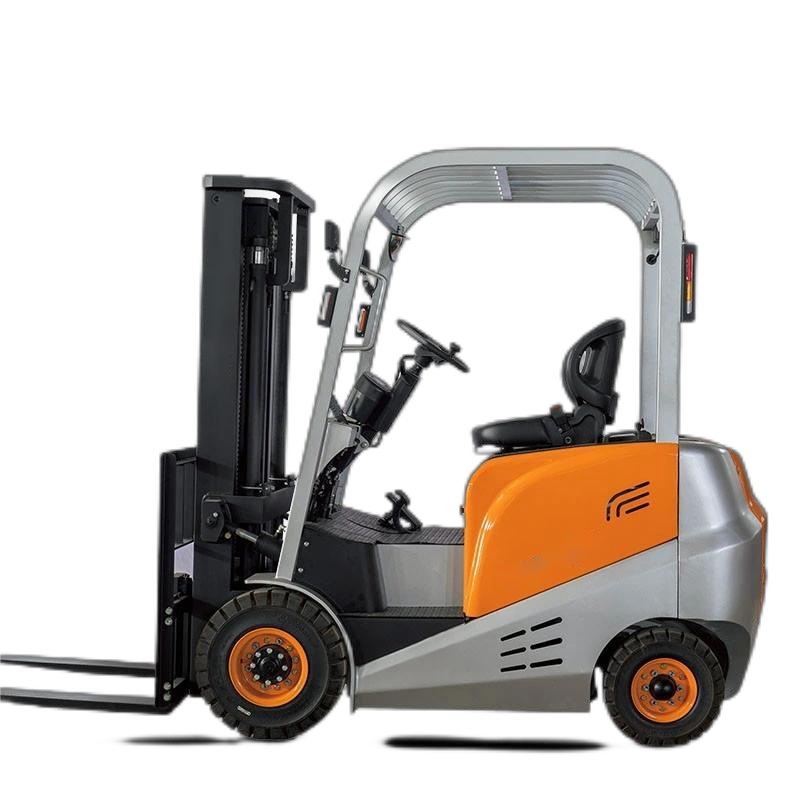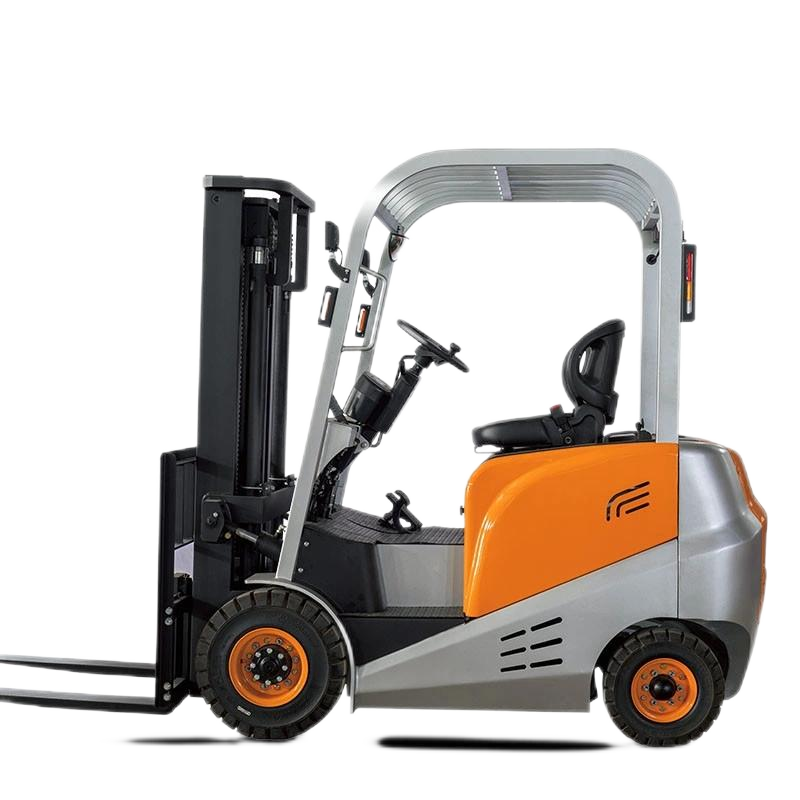The choice of the tonnage of a loader is not that the larger the better. It needs to be comprehensively considered based on various factors such as actual work requirements, the working environment, and the budget. The following is a specific analysis:

- Advantages of large-tonnage loaders
- Strong loading capacity: It is suitable for handling heavy materials (such as ores, concrete blocks, etc.). The single loading capacity is larger, which improves work efficiency. It has obvious advantages especially in scenarios such as large mines and ports.
- High stability: Large-tonnage loaders are usually equipped with a more robust chassis and tires, which can cope with complex terrains and heavy load requirements, and have better work stability.
- Limitations of large-tonnage loaders
- Poor mobility: Due to its large volume and weight, it is inconvenient to operate in narrow spaces (such as indoor construction sites, small construction sites) or in environments where frequent turning is required.
- Higher cost: The purchase price, fuel consumption, and maintenance cost are all significantly higher than those of small-tonnage models, which may put pressure on users with limited budgets.
- Insufficient flexibility: If the materials are light or the space is limited in actual operations, large-tonnage loaders may lead to a waste of resources due to "using a sledgehammer to crack a nut".
- How to choose the appropriate tonnage?
- Working scenarios: For large open-pit mines and large infrastructure projects, large-tonnage loaders can be given priority; for urban road maintenance, small construction sites, or indoor operations, medium and small-tonnage models are more suitable.
- Material characteristics: Large tonnage is required for loading heavy materials (such as iron ore); medium and small tonnages can meet the needs for light materials (such as sand, construction waste).
- Budget and benefits: Comprehensively evaluate the equipment procurement cost, daily operation cost (fuel consumption, maintenance), and work efficiency, and choose the solution with the highest cost performance.
Conclusion
The choice of the tonnage of a loader needs to be "tailored to local conditions", and the one that suits the actual needs is the best choice. If the working environment is open, the materials are heavy, and the budget is sufficient, large-tonnage loaders have more advantages; if the space is limited, the materials are light, or cost control is required, medium and small-tonnage models may be more practical.
The choice of the tonnage of a loader needs to be "tailored to local conditions", and the one that suits the actual needs is the best choice. If the working environment is open, the materials are heavy, and the budget is sufficient, large-tonnage loaders have more advantages; if the space is limited, the materials are light, or cost control is required, medium and small-tonnage models may be more practical.








